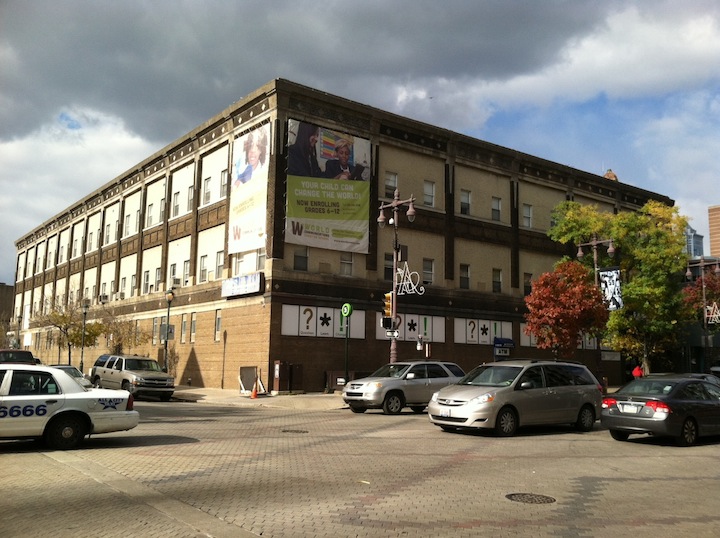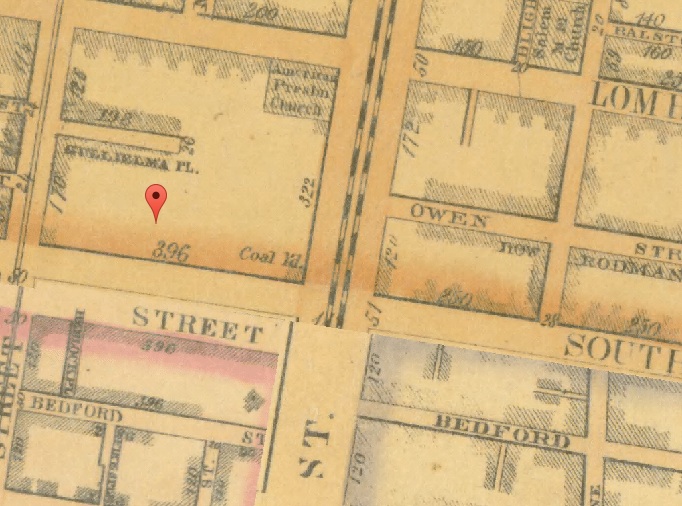The area where South and Broad Streets meet is in the midst of a major facelift, anchored by the notable insertion of the Southstar Lofts. By contrast, the structure on the northwest corner of South and Broad, listed as 512 S. Broad St., still looks very much like Broad Street of just a few years ago. That said, the three-story box of a building is also quite a far cry from the corner’s original occupant. The image here, taken from Samuel L. Smedley’s 1862 Philadelphia Atlas, shows that this block of Broad Street was occupied by a coal yard through the mid-19th Century.
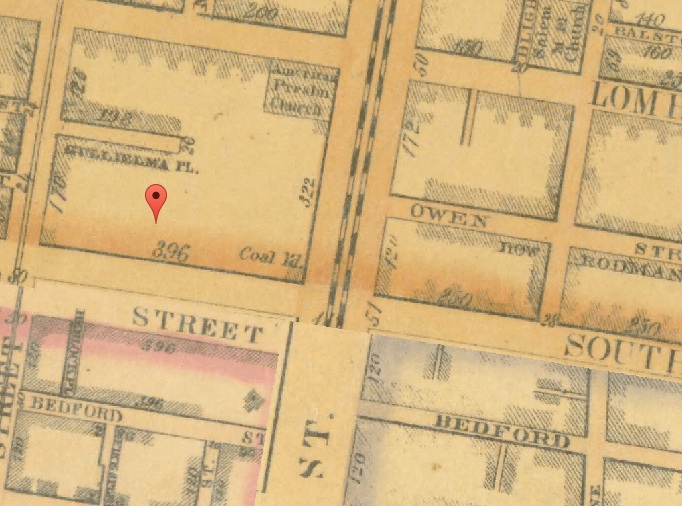
As the city’s residents grew wealthier, Broad Street would become a destination for the most affluent among them. By the turn of the century, elegant mansions had replaced many of the more industrial trappings of early Broad Street. The image here below, taken from King’s Views of Philadelphia, shows three such mansions, side-by-side, in 1900. The opulent Francis Thomas Sully Darley estate (center) at 510 Broad St., is described as “unquestionably the handsomest residence on South Broad Street.” 512 Broad is seen to the left-hand side, overshadowed by its show-off neighbor.
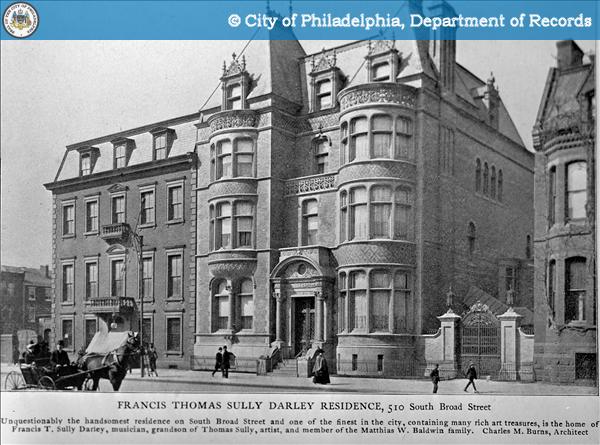
According to the Free Library of Philadelphia, 512 S. Broad St. was known as the ‘Big Red House’ of Dr. John Rhea Barton. Dr. Barton was a highly regarded surgeon who, according to his Wikipedia entry, was able to perform operations without repositioning because he was ambidextrous. Barton would be deceased for more than 40 years when the estate went up for sale in 1914. The photo below is taken from the year of the sale.
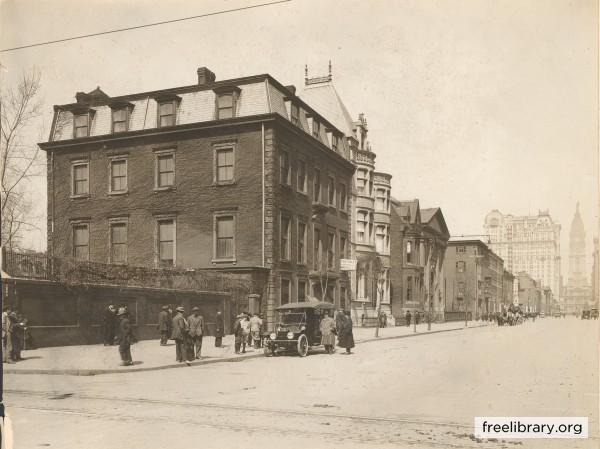
While we aren’t certain who purchased the Barton lot, we do know, thanks to the Chestnut Hill Local, that wealthy attorney John Graver Johnson purchased 510 S. Broad St. in 1915 to house his peerless art collection. Like the far more famous Barnes collection, Johnson’s collection was stipulated, in his will, to remain housed and displayed in the space in perpetuity. However, Johnson made the mistake of willing the building and its collection to the city. Upon his death in 1917, the city would immediately go about figuring out how to break his will. In 1933, the city used a temporary lease to justify moving the collection to the newly opened Art Museum on the parkway. The 1936 image below, taken from the Philadelphia Department of Records, shows the Darley estate recently stripped of Johnson’s priceless art collection. Next door, you can see that the Big Red House has already been demolished and replaced.
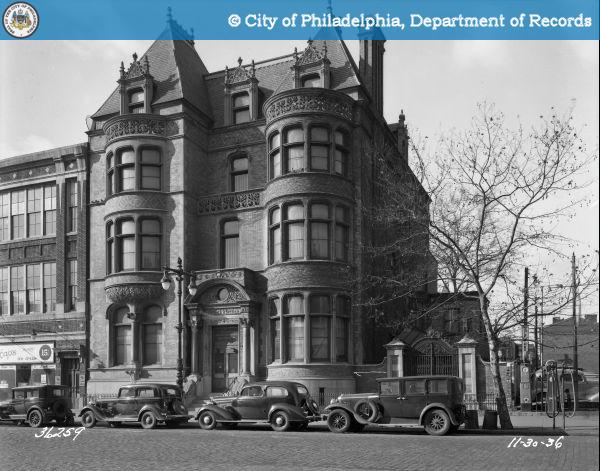
It would take the city another 20 years to find the legal loophole to enable destruction of the mansion. In 1956, the city used the beginning of construction on a health center at Broad and Lombard to justify replacing the grand mansions of yesteryear with the parking lot of tomorrow. The parking lot still remains at the northwest corner of Broad and South, converted into the World Communications Charter School. Receiving its charter in 1997, the school has occupied 512 S. Broad St. since, using technology-based instruction to better prepare high school students for higher education. The Charter School is shown here below.
